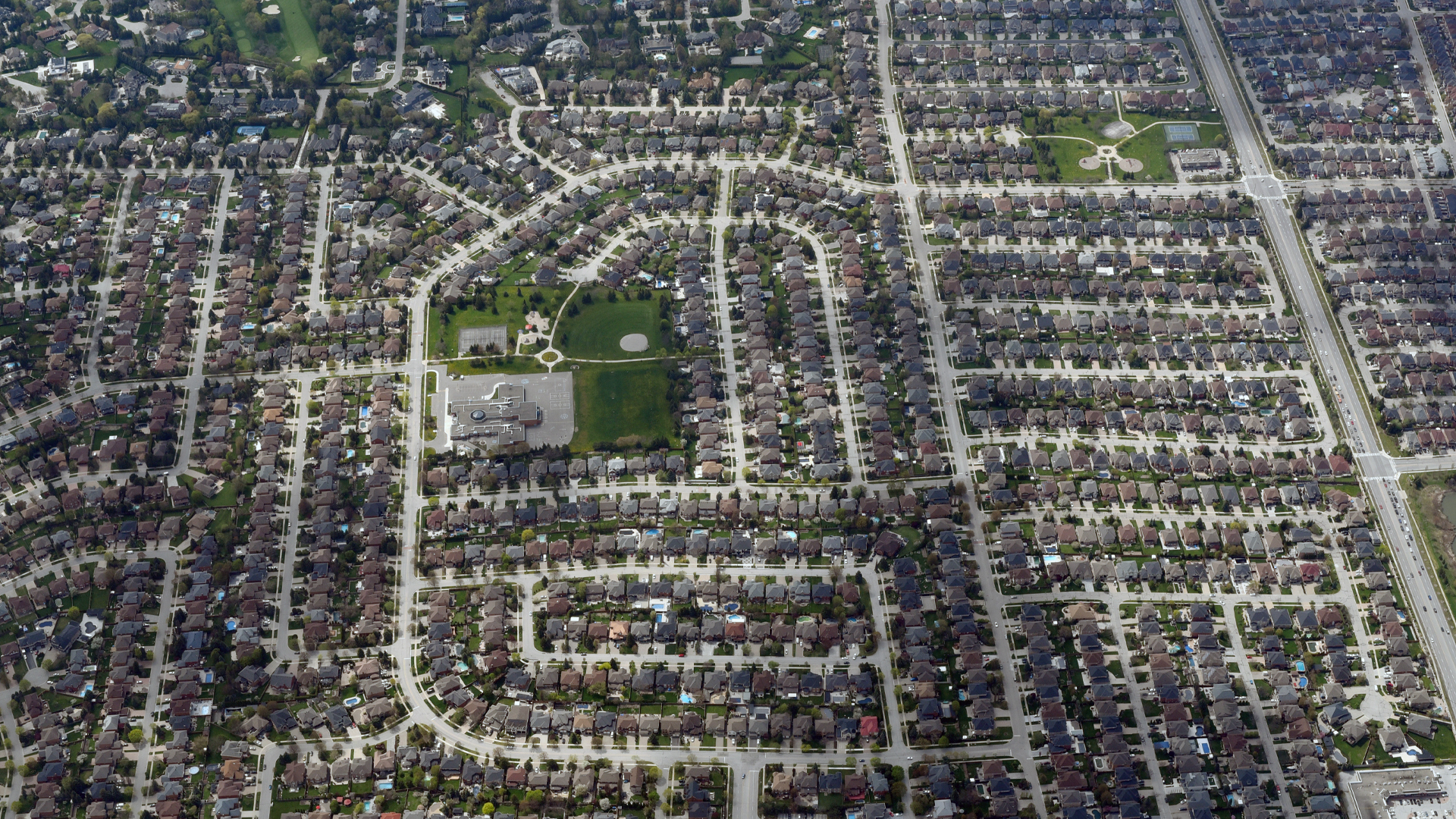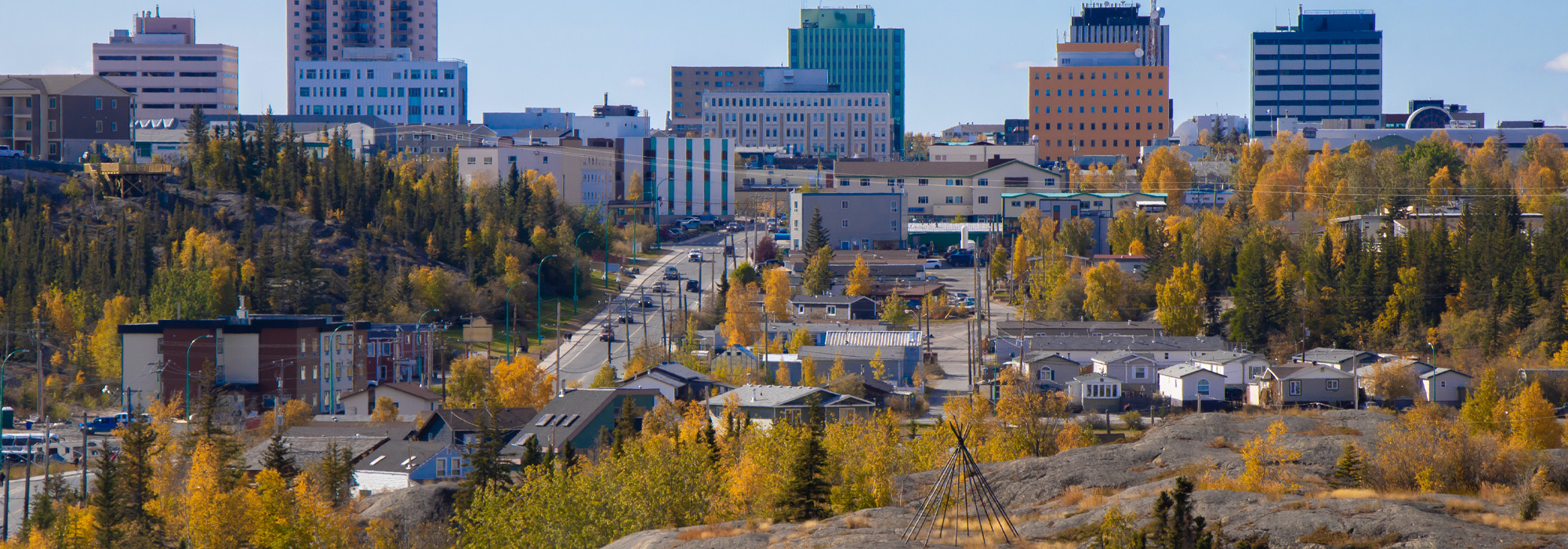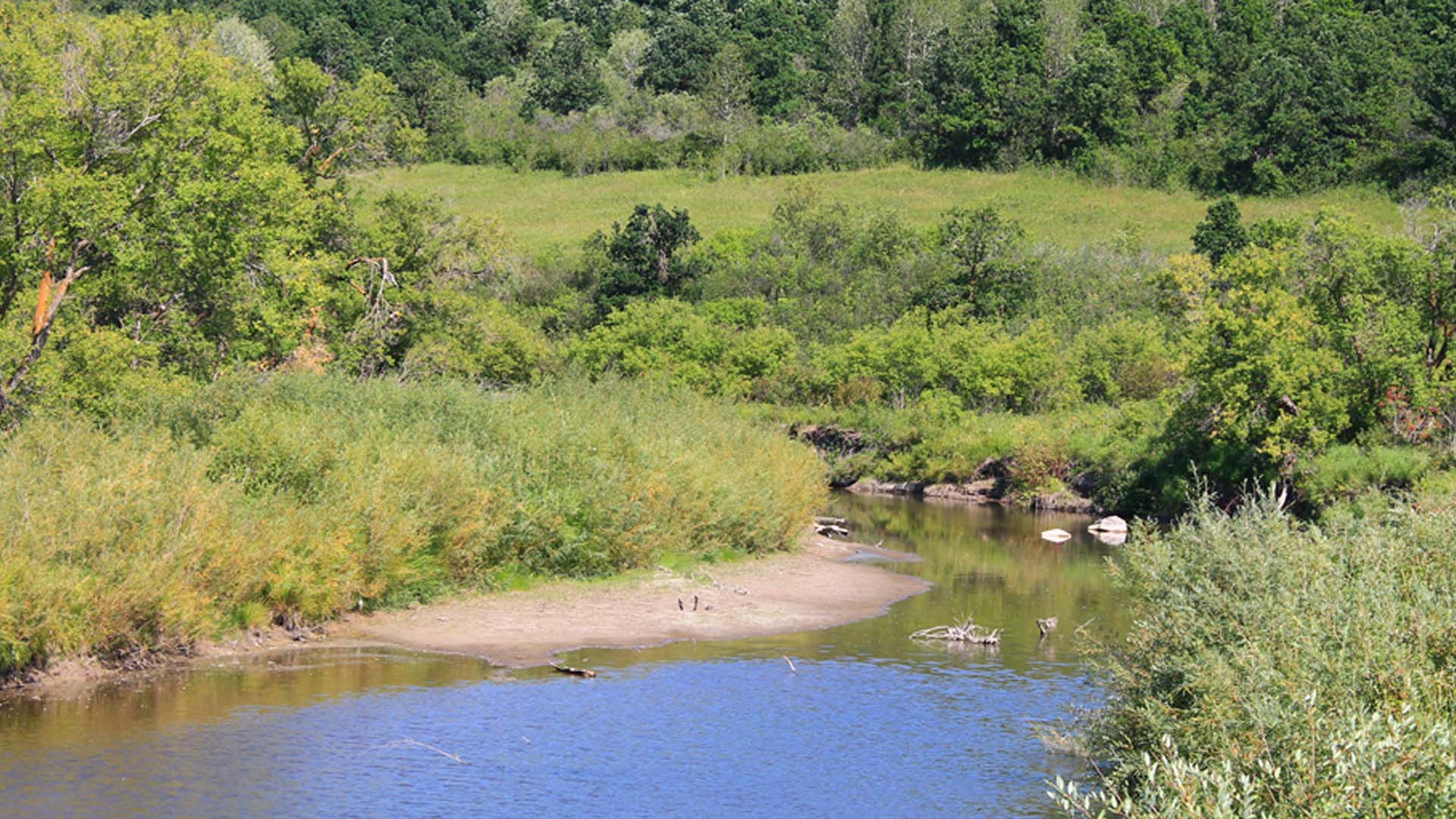
When the first cases of COVID-19 appeared in Canada, the concern was immediately palpable in northern communities. A persistent housing crisis, in combination with inequities in health care access, significantly increases northerners’ vulnerability in the face of a global pandemic. The Northwest Territories Finance Minister was frank in her acknowledgement that the territory’s chronic issues with housing, food security, health care and the economy have been made more urgent by the pandemic. Fortunately, many of the earliest, boldest public health restrictions to fight COVID-19 were implemented in Northern Canada, with a series of containment strategies implemented at various scales.
Yet a rise in visible homelessness over the past two decades on the streets of northern capital cities like Yellowknife and Iqaluit has made acute housing need increasingly apparent. Many northerners opted to follow the directives to self-isolate by sheltering in place or heading out on the land, but both of these strategies are out of reach for a significant number of northerners who do not have access to housing or other necessary resources to wait out the pandemic safely.
Far from being the great equalizer, COVID-19 has brought the inequities and vulnerabilities experienced across Canada under a harsh new light. In particular, the plight of those without secure housing, and for whom health and social support services are so critical, quickly emerged as a significant concern. The lack of housing both causes and compounds significant health complications for people experiencing homelessness, making them particularly vulnerable to communicable diseases. As the North began to lock itself down, the question was this: If having a home is essential to protection from COVID-19, what will become of those who have nowhere to shelter in place?
Northern housing crisis
A housing crisis has arguably been under way across the Canadian North since the mid-20th century. In the last two decades, the crisis has only deepened as the annual federal support for social housing nationwide has been gradually reduced and will be zero by 2037. Yet despite the persistence of a northern housing crisis, governments have continuously failed to respond with the urgency required or with the understanding that housing is a matter not only of shelter but also of health.
At its core, homelessness is a housing problem, and the rise in visible homelessness in Yellowknife and Iqaluit needs to be situated within the broader contexts of chronic housing need across the Canadian North. Yet the experiences of living without safe and secure housing cause and are compounded by inadequacies in other social determinants of health, including the ongoing effects of colonialism, reduced and fragmented access to health care and social support services, income and food insecurity, and intergenerational trauma. Meanwhile, those at greatest risk for contracting coronavirus and suffering complications include seniors, people with compromised immune systems and those with chronic illness such as diabetes, heart disease or lung disease — all characteristics and conditions that pertain to a huge percentage of the homeless population.
The COVID-19 pandemic has illuminated the many ways in which people experiencing homelessness are particularly vulnerable to communicable disease, especially when few shelters allow clients to stay during daytime hours. Closures of local businesses, office buildings, libraries and other gathering places in response to the pandemic also have highlighted the importance of such spaces for people with nowhere to go to stay warm during the day in northern cities with minimal indoor public space. Moreover, the longstanding practices of releasing bailees into northern capital cities or banishing people on bail or probation from home communities have come under increased scrutiny amid the pandemic, because they leave yet more people stranded in cities where they have no housing.
As longtime street nurse Cathy Crowe wrote as the pandemic took hold in Canada, “Bottom line is that we have to isolate people. No one is safe until everyone has a room of one’s own.” In fact, COVID-19 demonstrates in stark terms that homelessness is a public health emergency.
Rapid northern response
The response to COVID-19 from federal, provincial and territorial governments has shown that quick action is possible. In April, the Northwest Territories announced a $5-million relief package to create temporary housing so those with vulnerable or precarious housing situations could have a place to stay during the pandemic. The funds were directed toward emergency self-isolation programs in Yellowknife as well as 130 self-isolation units in other NWT communities.
The day shelter in downtown Yellowknife was turned into an emergency shelter-in-place program for 30 adults experiencing homelessness in the territorial capital. The NWT Disabilities Council, which runs the day shelter program, said that turning the facility into a home for those 30 people would help ensure that they were not exposed to COVID-19 during the ongoing pandemic. With 30 residents the maximum that could be accommodated, everyone else in need of a place to stay was redirected to a day shelter operated by the Salvation Army. While the decision to limit access to the day shelter was highly controversial, the director of programs for the council told the Yellowknifer newspaper that “with controlled distribution of alcohol and no access to illegal drugs, the people we support are telling us how they feel healthier than they have [in] years.” A few weeks into the month-long program, the council stated that those sheltering in place had significantly decreased their alcohol consumption.
In early May, the Yellowknife Women’s Society began operating the former Arnica Inn as an isolation space for people at risk of severe illness if they were to contract COVID-19, especially those facing homelessness. The facility’s managed alcohol and cannabis program attempts to build on the success of the programming at the city’s day shelter. The intention is to eventually turn the Arnica Inn space into a transitional housing program.
In Iqaluit, the beginning of the pandemic underlined existing concerns of overcrowding in the city’s shelter spaces. In April, city councillors approved the allocation of $351,200 to three local organizations helping with the city’s ongoing COVID-19 homelessness response. These funds constituted the bulk of a $600,000 commitment to the City of Iqaluit under the federal $82-billion COVID-19 Economic Response Plan, which was announced in March.
That nationwide economic response plan included an allocation of $157.5 million to Reaching Home, which supports community-based programs aimed at preventing and reducing homelessness. Additional funding under the Reaching Home program was provided to support an isolation shelter at the Uquutaq Men’s Shelter in Iqaluit as well as to help sustain the shelter’s regular programming. The YWCA Agvvik women’s shelters received $105,000: $90,000 for additional isolation space and $15,000 for supplies.
Housing is health care
In late May, the NWT Housing Minister revealed that the 130 housing units set aside for self-isolation in smaller communities would be repurposed as public housing. These new units will reduce overcrowding, making communities less vulnerable to any second wave of the COVID-19 pandemic.
The COVID-19 pandemic has underscored, in no uncertain terms, the importance of homes to health. Before the pandemic, people without housing in northern cities were largely left to wander the streets, looking for a warm place to hang out and a place to use the washroom. Both were becoming increasingly hard to come by as tensions increased among some local business owners and the public. Pandemic responses have led to swift recognition of the need for all northerners to have access to shelter, as well as to the benefits of caring and humane harm reduction approaches.
It remains to be seen what lies ahead for the harm reduction measures and supportive housing programs that have been implemented in Yellowknife, and it’s not known whether the expanded funding provided to Iqaluit shelters will continue. The COVID-19 pandemic has demonstrated that governments and citizens can be swift, bold and resourceful in their reactions to crisis. Bracing for the economic fallout from COVID-19, will municipal, territorial and federal governments learn from pandemic responses to homelessness and continue to support comprehensive programming? Let us not return to the ways things were before. We are faced with a tremendous and critical opportunity to learn from this crisis and the innovation, creativity and action that it has inspired, and to emerge with a renewed approach that recognizes homes as integral to health, justice, inclusion and belonging.
This article is part of the The Coronavirus Pandemic: Canada’s Response special feature.
Photo: Yellowknife, Northwest Territories. Shutterstock.com, by ti1993








